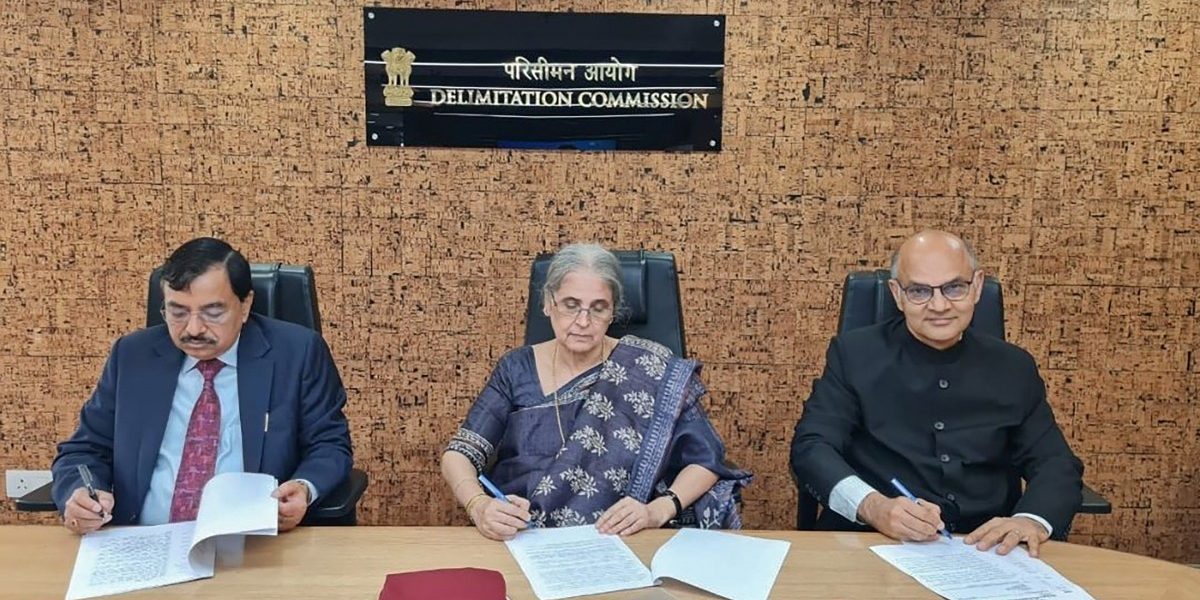Abstract
The practice of delimitation is an important tool in a democratic polity for conducting free and fair elections. In India, the Constitution has mandated for the creation of a separate Delimitation Commission that will undertake activities relating to delimitation throughout the country. Using data from the Election Commission and other secondary sources, the paper tries to analyze delimitation and its implications in various spheres. The paper tries to analyze how delimitation at the level of state assemblies and urban local self-governing institutes impacts the outcome of elections, party loyalties and political process of a particular region. Ghettoisation and the structure of the economy are largely affected by delimitation. The frozen boundaries of the electoral constituencies have created an intense North-South divide in the democratic representation of India. Taking these policy issues into consideration, the paper also recommends measures to increase efficiency of delimitation in India.
Introduction
Delimitation means demarcating or fixing boundaries of territorial constituencies. This process has to be repeated over regular intervals to balance the proportion of population and representation in the Parliament, State Assemblies and Local self-government institutions. The ultimate goal of the delimitation activity is “one man, one vote, one value”, so that no constituency is ‘overrepresented’ or ‘underrepresented’. The Indian polity has adopted the first-past-the-post system with every constituency (at any levels of the governance) choosing only one representative. Delimitation of electoral constituencies needs to be such that every constituency approximately has an equal number of inhabitants. Keeping in view the aim of social justice and uplifting the backward classes, the Constitution provides for reservation of constituencies for the SCs and STs. For a particular constituency to be declared reserved, it must have a higher proportion of either SCs or STs. Only a person belonging to SC or ST class can contest election in such constituencies, but everyone (irrespective of their castes) can exercise their right to vote.
The General elections are considered to be the most important election in India. Delimiting seats is not an easy task. The last delimitation activity for Lok Sabha seats, in the 1970s, envisaged that ideally a Member of Parliament should represent 1 million (10 lakh) people. Today the same number has gone up to 2.5 million, while the number of MPs remains the same. India has undergone tremendous demographic change over the past five decades. What makes it more worrisome is the fact that this demographic growth is uneven throughout the country. Thus, delimitation in today’s time has become a more challenging task than ever before. Before discussing these challenges lets first have a look at what the law has to say about delimitation.
Click Here To Download The Paper


📌Analysis of Bills and Acts
📌 Summary of Reports from Government Agencies
📌 Analysis of Election Manifestos

